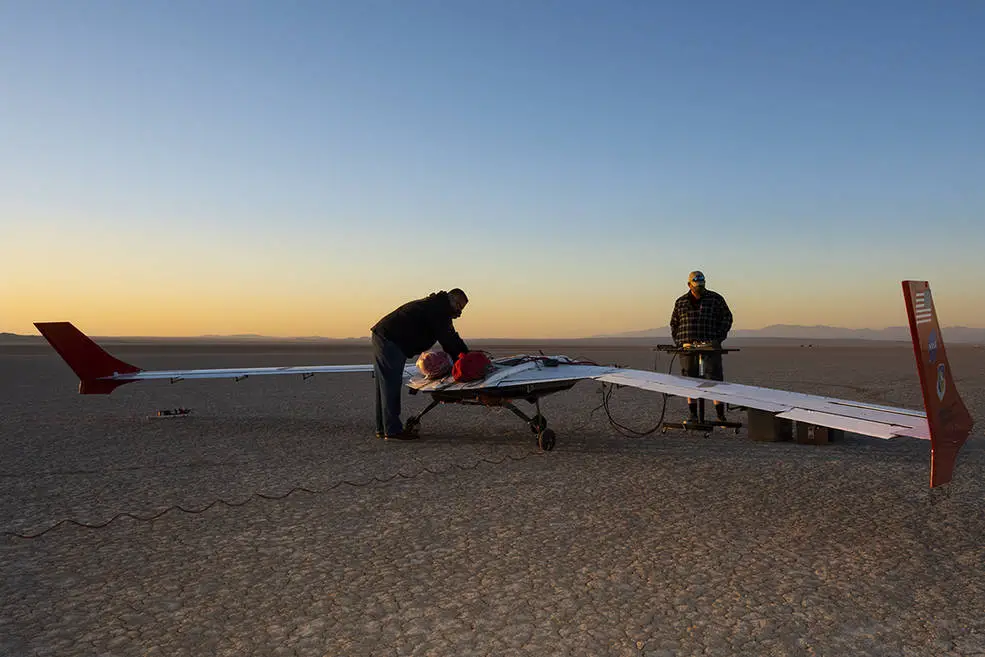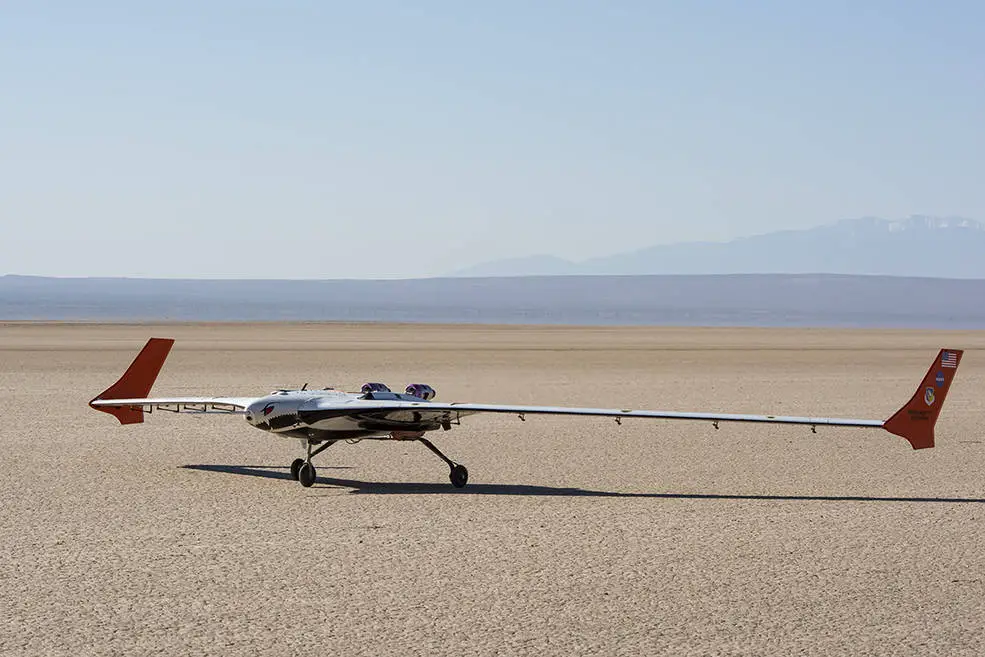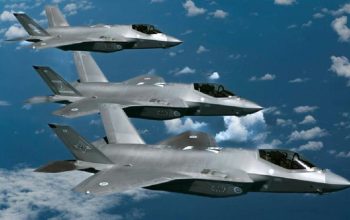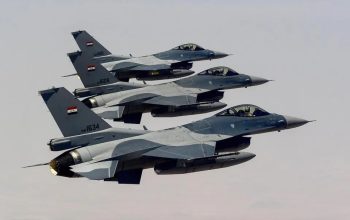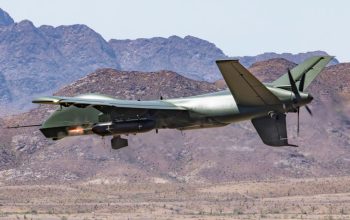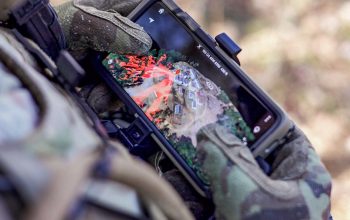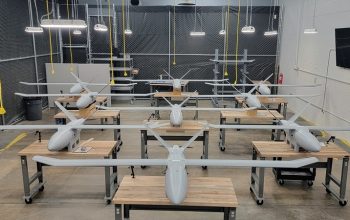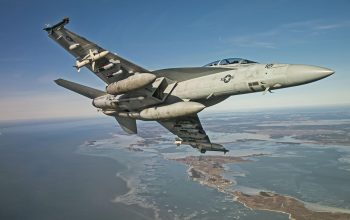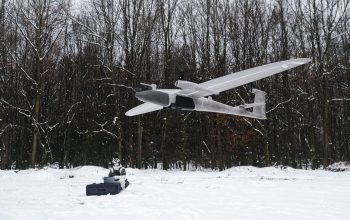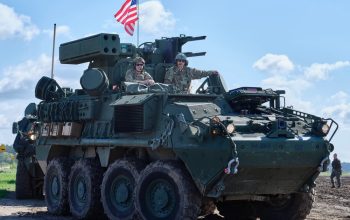At approximately 7:35 a.m., the X-56B, a remotely piloted experimental aircraft, experienced an incident shortly after takeoff from NASA’s Armstrong Flight Research Center in Edwards, California. The first flight was April 19 at NASA’s Armstrong Flight Research Center in Edwards, California, with partner Northrop Grumman. The aircraft encountered an anomaly in flight causing a hard impact to the ground and destroyed the vehicle. There were no injuries or casualties.
The X-56B uses the same centerbody as the earlier X-56A, which concluded testing in 2019. The X-56A suppressed a potentially destructive vibration called flutter. Flutter suppression permitted research of the aircraft’s lightweight, flexible wings. X-56A team also facilitated the development of tools and technologies and acquired data to validate modeling techniques. The U.S. Air Force Research Laboratories in Ohio is a partner on X-56B and also was a partner on the X-56A.
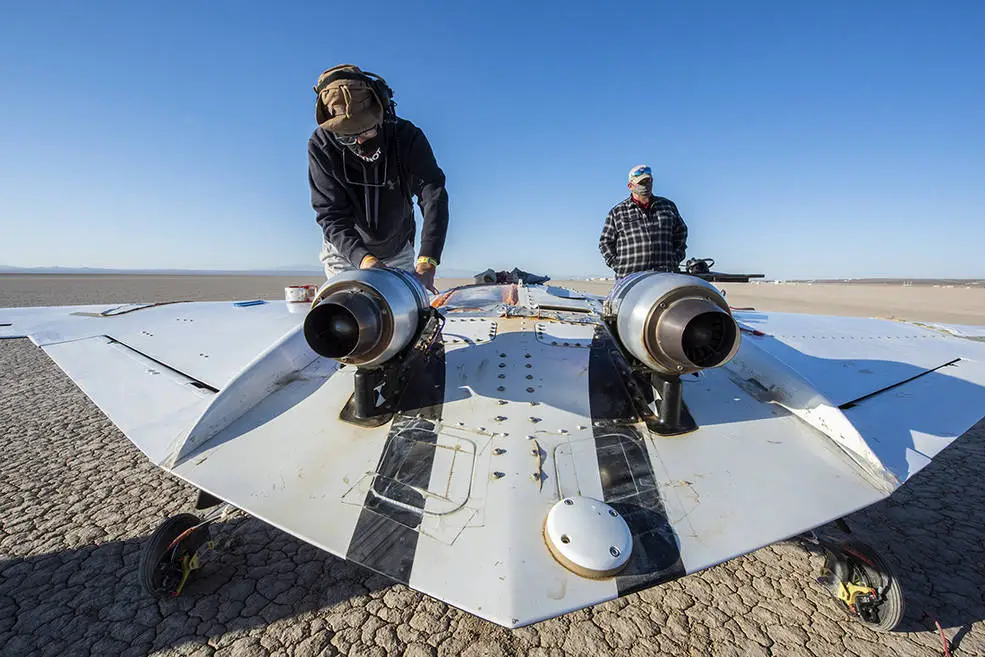
The Lockheed Martin X-56 is an American modular unmanned aerial vehicle that is being designed to explore High-Altitude Long Endurance (HALE) flight technologies for use in future military unmanned reconnaissance aircraft. Designed by Lockheed Martin’s Advanced Development Programs, known informally as the Skunk Works and is intended to research active flutter suppression and gust-load alleviation technologies.
The X-56A is based on Lockheed’s earlier UAV work, showing influence from the Polecat, Sentinel and DarkStar UAVs. The program calls for the construction of two 7.5 feet (2.3 m)-long fuselages and a wingspan of 27.5 ft, with four sets of wings being constructed for flight testing. One instability mode, body freedom flutter, was shown to be actively suppressed by the digital flight control at 110 kn (200 km/h), within its normal flight envelope.
